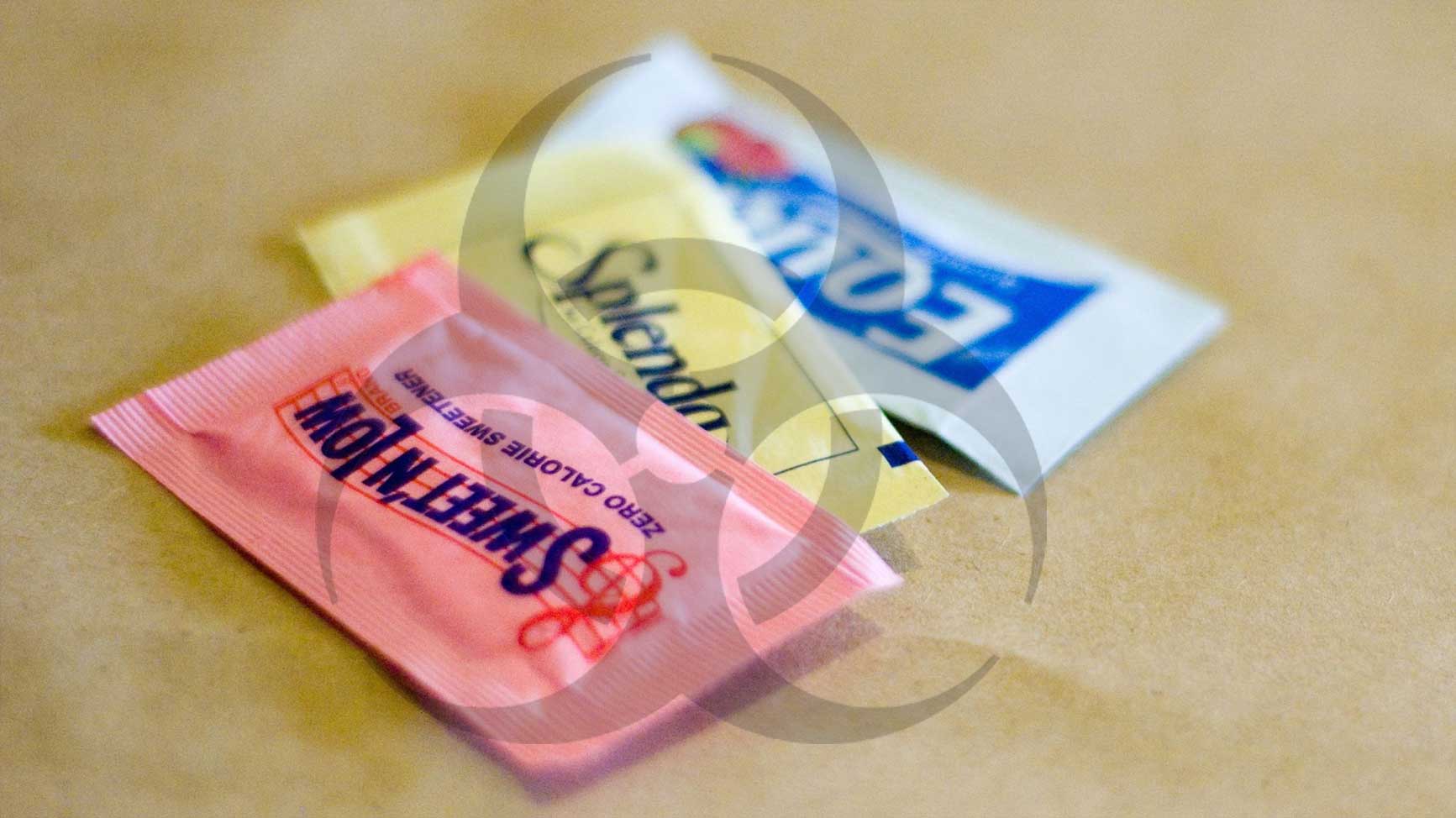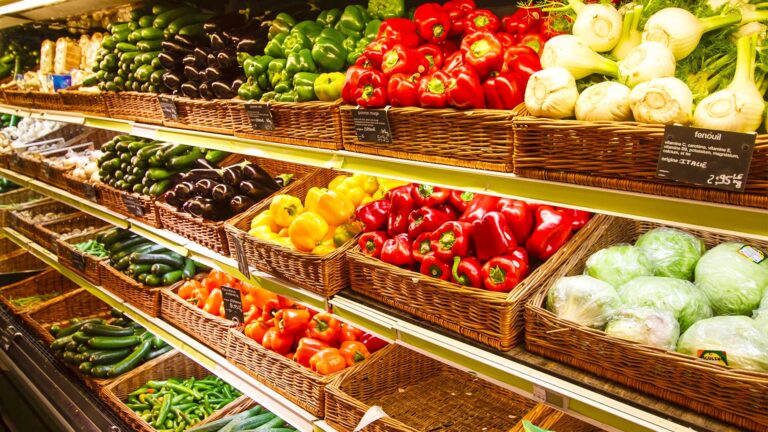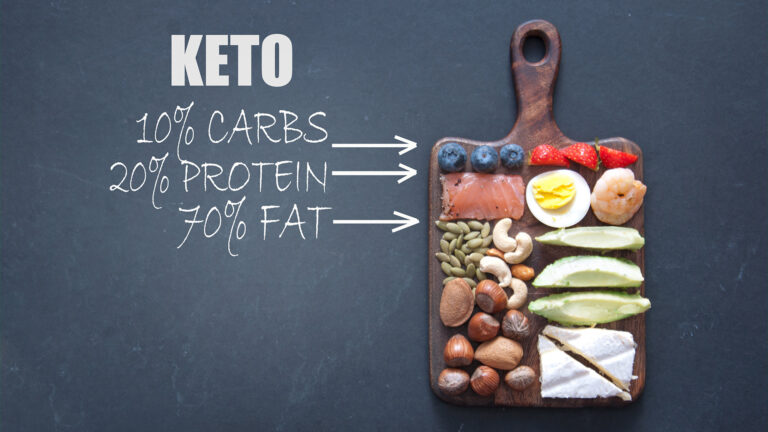The Bittersweet Truth: Non-Nutritive and Artificial Sweeteners
In a world where sugar reigns supreme, non-nutritive sweeteners have become a helpful tool for reducing sugar intake and managing cravings, especially for those pursuing low-carb lifestyles.
Not All Sweeteners Are Created Equal
Non-nutritive sweeteners are substances used to sweeten food and drinks without adding sugar or calories. These include well-known types like aspartame (brands such as Equal and NutraSweet), sucralose (Splenda), and naturally-derived options like stevia and monk fruit.
When we talk about non-nutritive sweeteners, we often group them all together under the heading ‘Artificial Sweeteners,’ but that’s a bit of a misconception—not all sweeteners are artificial. While some are lab-made, others come from natural sources, and each type varies in how it’s produced and how it affects our bodies. Understanding these differences can help us make better choices when it comes to sugar substitutes.
Cutting Through the Confusion: Understanding Sweeteners on My Weight Loss Journey
In my weight loss journey, navigating sweeteners was confusing, to say the least. There’s so much controversy surrounding them—some people say they’re fine, while others warn that they’re toxic and should be avoided at all costs. I kinda think they are not very good for you. But I also think they have a place.
I went pretty far down this rabbit hole. Some sweeteners
To make things simpler, I started breaking them down into two categories: additives and ingredients. Additives are the products I add to foods—things like Splenda, NutraSweet, and Equal—but it’s really the ingredients in each one, like sucralose, xylitol, stevia, erythritol, mannitol, sorbitol, and monk fruit, that make the difference in how our bodies respond to them. Sorting through this confusion helped me find what works for me, and I hope sharing this will help you make the best choices for your journey, too.
Additives can seem straightforward since they usually contain just a few ingredients, but things get trickier when looking for sweetener ingredients on food labels. This is where a bit of knowledge goes a long way, as the food industry often hides or masks the reality of what’s inside. Ingredients like sucralose, aspartame, or erythritol might not be obvious unless you know what to look for, and sometimes they’re listed under different names or grouped in with ‘natural flavors’ or ‘proprietary blends.’ This subtle labeling can make it difficult to know exactly what’s in the product and how it might impact your health. Understanding these hidden ingredients empowers you to make informed choices and avoid unintended sweeteners that don’t fit your goals.
From my perspective, I prefer stevia and monk fruit because they’re natural and can be found in nature. They’re often blended with erythritol to improve texture and taste. On their own, stevia and monk fruit can have intense sweetness and sometimes a slight aftertaste, which isn’t always appealing.
For me, nutrition has become finding a way to prepare the food that I like to eat in a way that won’t kill me, so if it doesn’t taste quite the same, that’s a small sacrifice to make in order to maintain my health.
Erythritol, a naturally occurring sugar alcohol, helps balance these flavours by adding bulk without adding calories, making the blend more similar to sugar in both sweetness and texture. This combination also helps reduce any bitterness that stevia or monk fruit might have on their own. Erythritol, a naturally occurring sugar alcohol, helps balance these flavours by adding bulk without calories, making the blend feel closer to sugar in sweetness and texture.
Of all the sugar alcohols, erythritol stands out because it passes almost entirely through the body. Unlike other sugar alcohols, which can ferment in the gut and sometimes cause digestive issues, erythritol is mostly absorbed into the bloodstream and excreted by the kidneys, leaving very little impact on the body. This means it has a negligible effect on blood sugar and insulin levels, making it an ideal partner for natural sweeteners like stevia and monk fruit for those aiming to manage weight or blood sugar. Its unique profile makes it the least likely sugar alcohol to cause digestive discomfort, which is another reason why it’s favoured in natural sweetener blends.
Cite: Top 10 Best Sweeteners & 10 Worst (Ultimate Guide), Sten Ekberg
My Journey with Sweeteners
Back in the ’80s and ’90s, like a lot of people, I drank a lot of cola—easily a couple of litres daily. At first, diet sodas tasted strange, but over time I grew to prefer them over regular cola, which eventually became too sweet for my taste. After my type 2 diabetes diagnosis, I took a hard look at my sugar intake, swapping it with sweeteners even in my coffee.
For me, reducing sugar started with examining my diet. If I was drinking enough cola to worry about what effect the amount of sugar I was consuming had, then maybe the amount of soda I drank was an even bigger part of the problem.
Who knew you could drink water too!
The REAL Challenge with Sweeteners
When I began a ketogenic diet, I had to eliminate carbs. If you haven’t tried keto, cutting carbs can be surprisingly tough, largely because we’re all a little hooked on sugar—even if we don’t realize it. But Wade! Sugar is not a drug, you can’t get addicted to it. If you don’t think it is, try giving up all bread, pasta, rice, potatoes, and sugar for just one day. My money is on, you won’t last until afternoon coffee.
When you give up carbs entirely, though, that longing fades. It’s a form of withdrawal. And when it passes, you find yourself free of sugar cravings; you lose your taste for it. Quitting sugar wasn’t as hard as quitting smoking, but the improvement in my health was immediately obvious to me.
The Science of Sweetness
Our preference for sweetness is actually hardwired. It’s a survival mechanism from ancient times, similar to how we react to darkness at night. Sweetness triggers a cascade of reactions in the body—it signals our system to expect sugar, and it activates pleasure centre’s in the brain, releasing endorphins that make us want more.
I wrestle with this myself. After 18 months of no soda or carbs, I had a diet soda made with stevia. It tasted incredible. Within days, I was regularly trekking across town to get my fix. Soon enough, I switched to Diet Dr. Pepper. I knew I was hooked again; I’d feel lousy until I popped one open, and then—instant relief.
Artificial sweeteners do have their risks, particularly if you’re managing a low-carb lifestyle.
The Double-Edged Sword
While they can be challenging for my “carb sobriety” now, sweeteners were a lifesaver when I first began keto. It was similar to a recovering addict using methadone.
The ketogenic diet is a low-carb, moderate-protein, high-fat regimen. There’s no sugar or carbs allowed, but full-fat dairy, cheese, and some sweeteners can be used. Eventually, you dial back on them, but at the start, they’re a crutch to get you through.
In my early keto days, I’d turn to blackberries or raspberries for sweetness. But even now, sweeteners play a role. Research is beginning to show complex effects on insulin resistance, a precursor to type 2 diabetes, suggesting we approach sweeteners with mindfulness.
The Takeaway
Whether artificial or natural, the sweetness in our diets needs to be balanced. Listen to your body’s needs over fleeting cravings, as tempting as they may be. Sweeteners helped me get my health on track and manage my cravings, but the journey has taught me to consume them thoughtfully.
In the modern quest for health and wellness, artificial sweeteners have been hailed as a boon for those seeking sweetness without the negative caloric impact of sugar. However, emerging research suggests a more complex narrative, particularly regarding their impact on insulin resistance, a precursor to type 2 diabetes. Let’s take a look into the intricacies of artificial sweeteners and their potential role in insulin resistance, offering a nuanced view for health-conscious individuals.
As an experienced “User” I found that artificial (Non-nutritive) Sweeteners were really helpful in conquering



